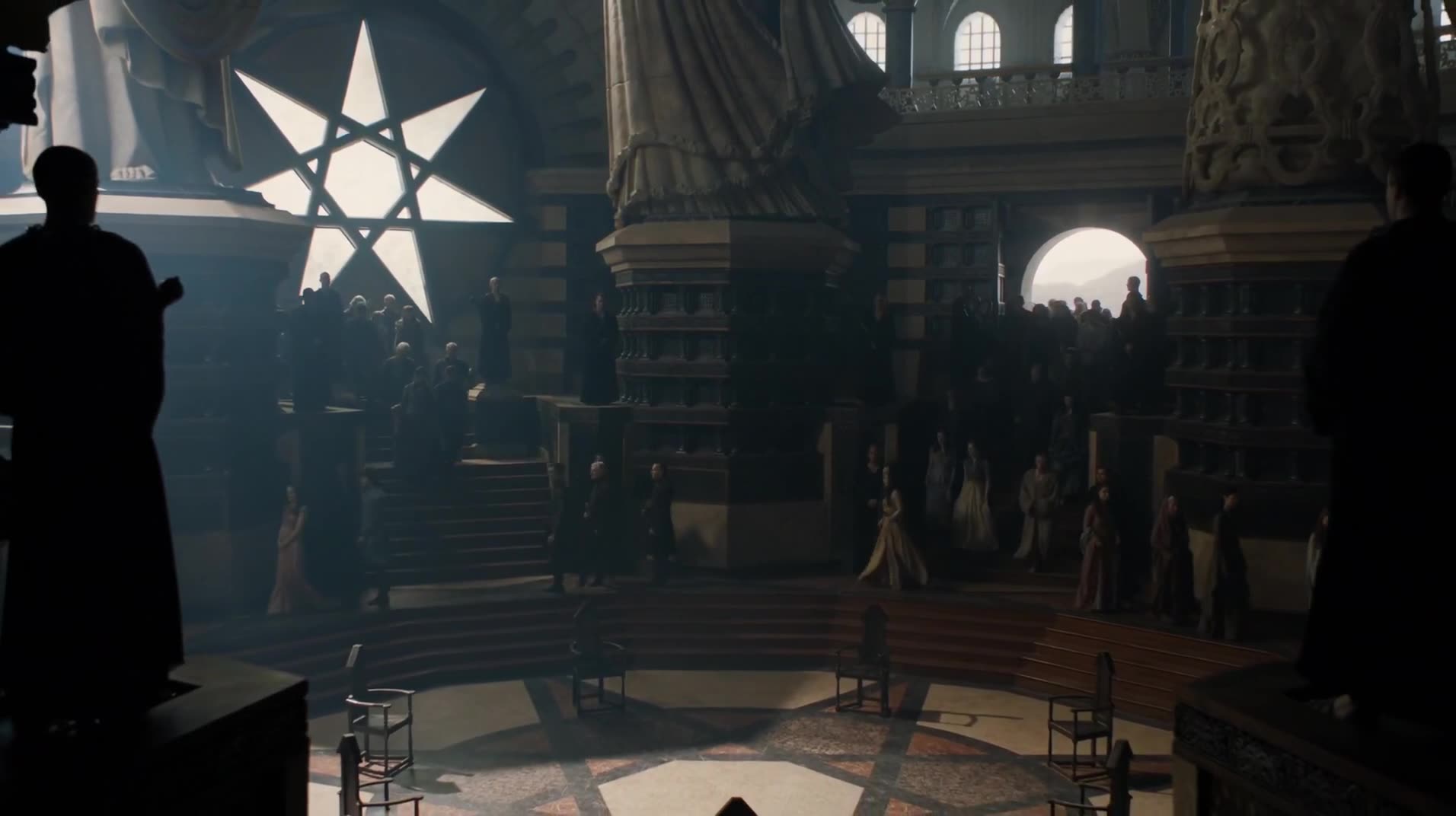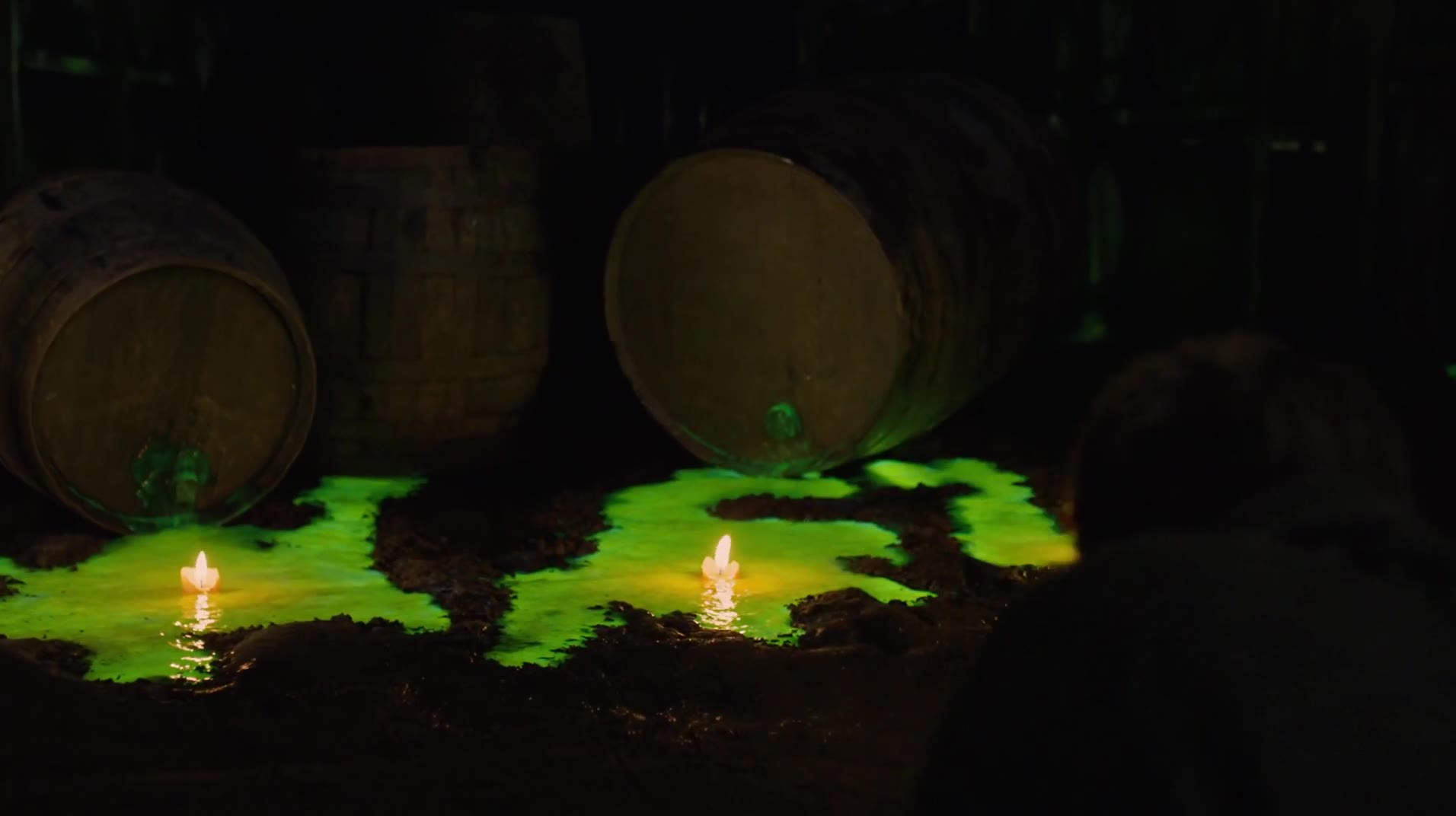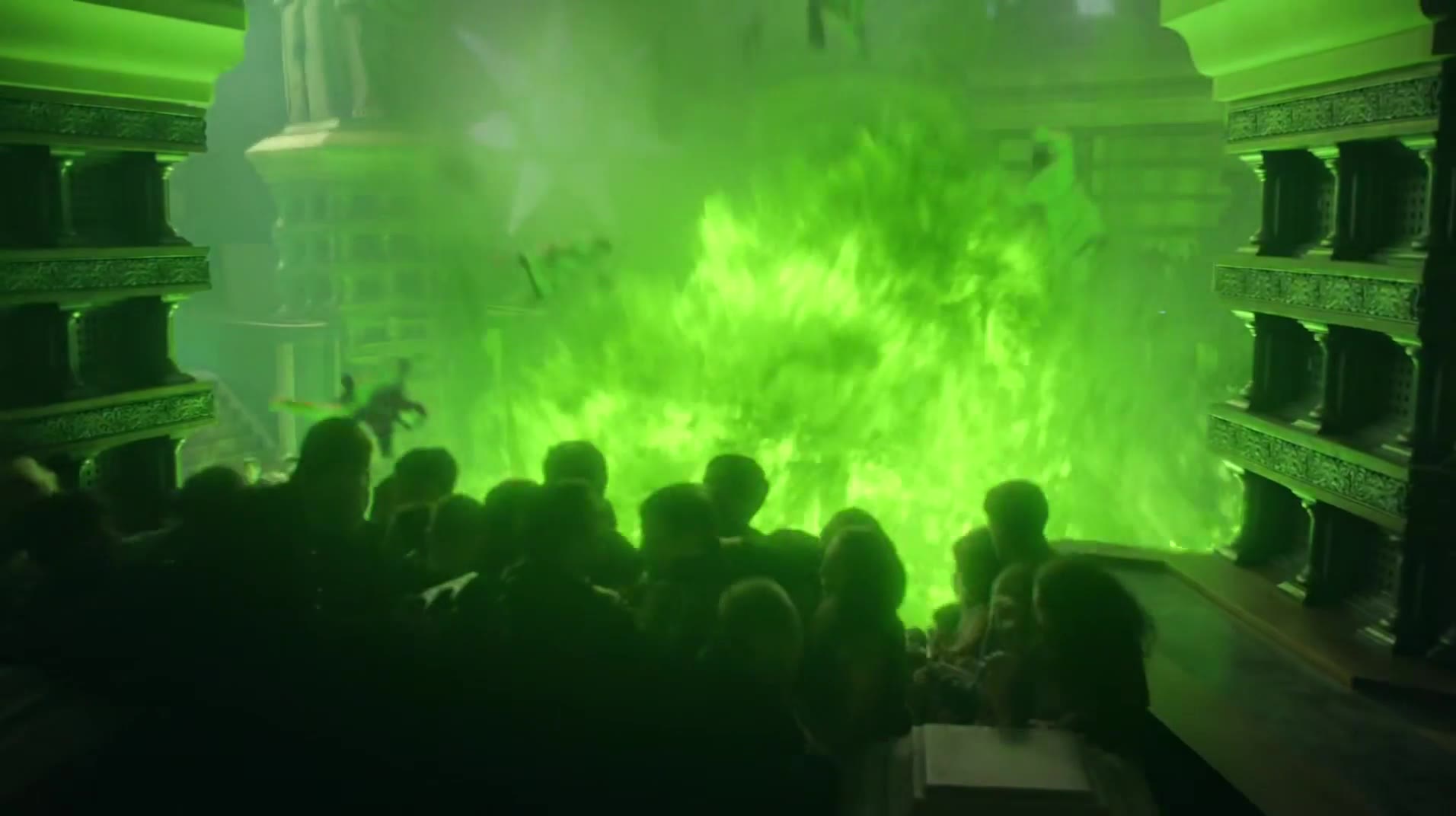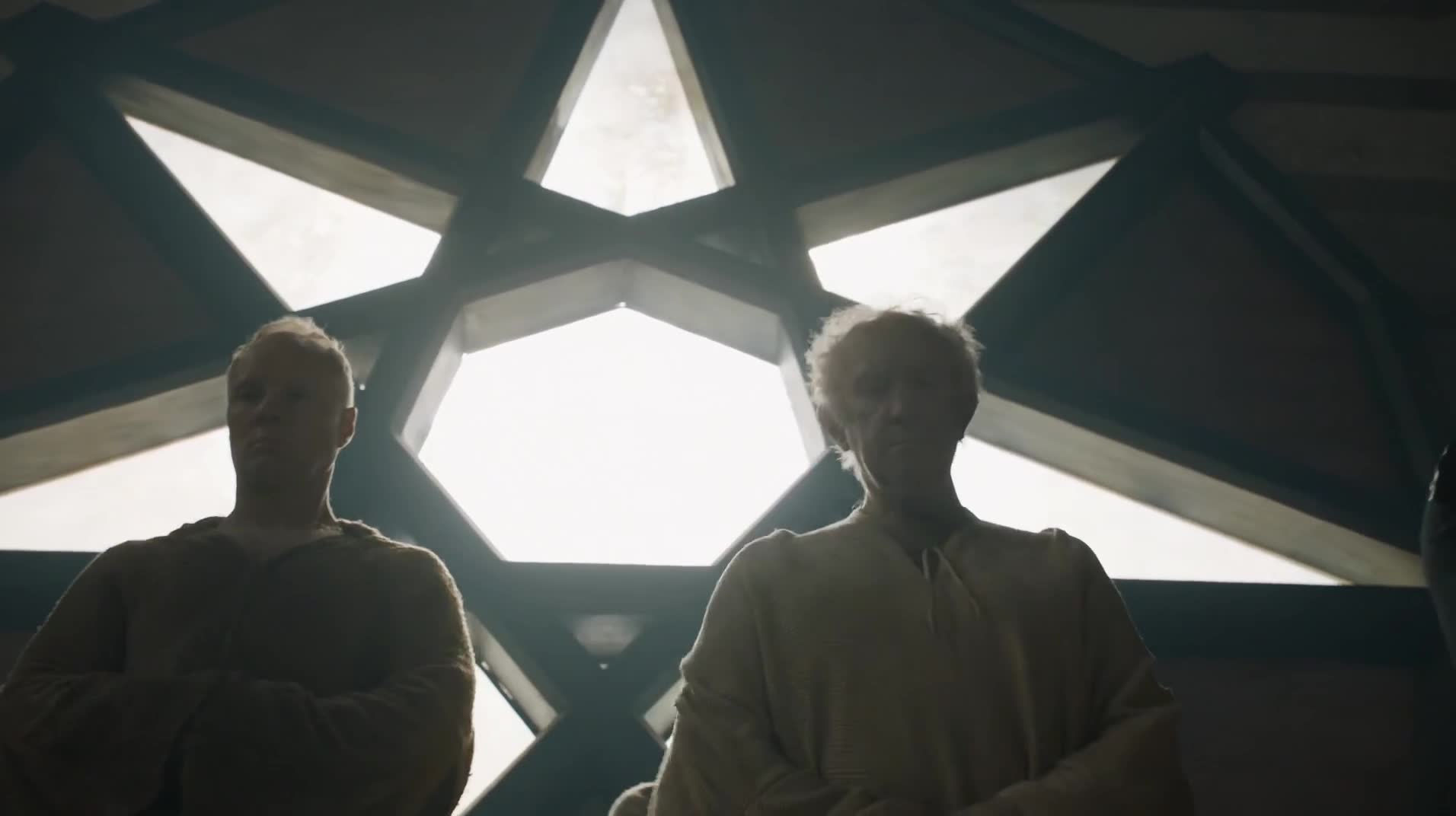10 Storytelling Takeaways from Game of Thrones: The Sept of Baelor Wildfire Attack
In this article we dive into the narrative devices and cinematic methods that contributed to one of 'Game of Thrones' most impactful scenes: the wildfire explosion at the Sept of Baelor.
This HBO gem, beloved for its complex characters and detailed plot lines, offers a treasure trove of inspiration for storytellers and filmmakers alike.
We'll unravel the intricacies of this scene from the Season 6 finale using the StoryFolder video note taking app, and provide actionable tips to improve our own stories.
Let's get into it.

The Setup: Innocence and Naivety
The scene opens with Tommen, the boy king, wearing the royal crown. The crown, signifying power, symbolically opposes to his reality of innocence and naivety. In our own stories, we can use symbolism to highlight our characters strengths, or weaknesses. The irony of symbolic contrast can help amplify our characters and help audiences better their circumstances.

Calm Before the Storm
As the sept fills with people, the tension subtly builds up. The blind trust of the populace in their religious leaders, their ignorance of the imminent danger, is sharply contrasted with the somber piano music that underscores the scene. This dramatic irony effectively heightens the tension and anticipation. When creating our narratives, we can consider using juxtaposition and dramatic irony to add depth and complexity.

Cersei's Transformation
Cersei's transformation from her regular attire to her black dress signals a shift in her character - from a manipulative queen to a ruthless warrior. It's a clear example of foreshadowing, hinting at the major plot twist about to unfold. In our stories, use visual cues and character transformations to keep the audience engaged and curious.

The Realization of Danger
Margaery's realization of impending danger due to Cersei's absence is an excellent example of foreshadowing through a character's intuition. Her growing suspicion amplifies the suspense and anticipation of the catastrophe about to unfold. As a storyteller, remember to use characters' intuitions and suspicions to subtly hint at forthcoming plot twists.

The Ticking Time Bomb
The shot of a small candle amidst the bright green wildfire under the sept is a classic "ticking clock" plot device. The seemingly innocent object now becomes a ticking time bomb, symbolizing impending chaos. As the music swells into a crescendo, the tension becomes almost unbearable. Use such plot devices in our own work to keep the audience on the edge of their seats.

The Explosion: A Moment of Horror and Disbelief
The inevitable finally happens as the Sept of Baelor explodes into a massive fireball. The horrified screams of the victims, the destruction of the sept, all create a profound impact on the audience. When you reach the climax of your story, ensure it's been properly built up and executed to create a similar effect.

The Aftermath: Triumph Amidst Chaos
Following the explosion, we witness Cersei's cold-hearted triumph. The bright green flames of the explosion contrasting with the darkness of her quarters highlight the stark contrast of her victory amidst the destruction. Remember, the aftermath of your story's climax should resonate with its preceding events and leave a lasting impression on the audience.
Using these techniques in our own productions:

1. Use Inverse Symbolism
This technique uses symbols contrary to a character's reality to highlight their vulnerability. Like the crown on the young and naive king Tommen, which signifies power but instead, emphasizes his vulnerability in "Game of Thrones".
- Lord of the Rings: The "One Ring", a symbol of ultimate power, ironically, becomes a burden and source of corruption for those who bear it.
- The Lion King: The thorny crown that Scar puts on emphasizes his illegitimate claim to the throne.
- The Great Gatsby: The grandeur of Gatsby's mansion, representing his wealth and social status, inversely symbolizes his loneliness and unfulfilled desires.
- Citizen Kane: The opulence of Xanadu contrasts with Kane's personal unhappiness and loneliness.
2. Use Contrasting Music with Themes
Using music that contradicts the scene's theme can evoke tension and anticipation. The somber music played over scenes of justice and divinity during the trial in "Game of Thrones" serves as a prelude to the impending doom.
- A Clockwork Orange: The cheerful rendition of "Singing in the Rain" during a violent scene creates a chilling contrast.
- Jaws: The light beach music contradicts the impending danger signaled by the iconic two-note motif.
- Breaking Bad and Better Call Saul - These guys are known for ironically juxtaposing music.
3. Use Transformation To Move Plot Forward
Transforming a character, like through a change in attire, can help to set up plot shifts. Cersei's transformation in "Game of Thrones" is a good example.
- The Dark Knight: Bruce Wayne's transition to Batman via his costume change hints at his journey towards becoming Gotham's savior.
- The Matrix: The characters' transition from everyday clothes to black attire marks their awakening to the true reality.
4. Use Social Issues To Connect
Character actions and dialogues can be used to mirror larger societal issues. Loras's confession in "Game of Thrones" reflects misuse of religious authority.
- Black Mirror: The show uses technology-driven plots to reflect societal issues related to dependence on technology.
- Parasite: The entire film reflects societal issues like class discrimination and wealth disparity.
5. Use Mysterious Locations
Mysterious locations can symbolize threats and increase suspense, like Lancel discovering the catacombs in "Game of Thrones".
- Lost: The discovery of the hatch on the island hints at the series' deeper mysteries.
- Indiana Jones: The unveiling of the Ark's resting place sets the stage for the film's climactic scene.
6 Use Contrast
Contrast, like between characters and setting, can highlight differences and enhance storytelling, as seen in Cersei's silhouette against the brightly-lit Baelor in "Game of Thrones".
- Breaking Bad: The contrast between Walter White's suburban life and his meth cooking alter ego, Heisenberg.
- Schindler's List: The contrast between Schindler's initial selfishness and his eventual selflessness.
7. Sensing danger before others
Suspense can be built by having one character sense danger before others, particularly when the character is known for their intelligence, similar to the way Margaery senses danger before others in "Game of Thrones".
- The Sixth Sense: The young boy being the only one able to see ghosts builds suspense throughout the film.
- Alien: Ripley's realization of the alien threat before others builds suspense and heightens tension.
8. Use The "Ticking Clock" Device
This common, but effective plot device creates urgency by giving characters limited time to solve a problem, like the candle burning down amidst the wildfire in "Game of Thrones".
- Inception: The use of a 'kick' to exit different dream levels gives the audience a sense of impending urgency.
- Dunkirk: The race against time to evacuate the British troops heightens the tension.
9. Use Dramatic Revelation
A dramatic revelation, when properly foreshadowed and executed, can leave a profound impact, like the explosion of the Sept of Baelor in "Game of Thrones".
- Fight Club: The climactic revelation of the protagonist's split personality dramatically alters the audience's perception of preceding events.
- The Sixth Sense: The climactic twist revealing that the protagonist himself is a ghost reshapes the entire narrative.
10. Use Symbolic Actions
Symbolic actions can illustrate a character's mindset and convey a sense of conclusion or finality, as Cersei sipping wine overlooking the chaos she caused in "Game of Thrones".
- The Godfather: Michael Corleone closing the door on his wife, symbolizing the end of his old life.
- Inception: The spinning top at the end leaves the audience in suspense about Cobb's reality.
Bonus: Use Silence During Emotional Performances
Using silence during emotional scenes can help viewers empathize more deeply with the character, as seen in King Tommen's scene following the explosion in "Game of Thrones".
- Gravity: The silence of space amplifies the isolation and desperation of the stranded astronaut.
- A Quiet Place: The use of silence throughout the film heightens the tension and the emotional performances of the characters.
The power of storytelling lies in the hands of those who master various techniques like symbols, music, foreshadowing, and more. Mastering these techniques, as demonstrated in "Game of Thrones", "Fight Club", and "The Sixth Sense", can truly elevate your storytelling craft. And one tool that can truly elevate your storytelling craft is StoryFolder.
With features that allow you to meticulously dissect your favorite scenes, gain insights from successful productions, and apply these lessons to your own projects, StoryFolder is a comprehensive platform for aspiring storytellers.
And the best time to start? It's now. With StoryFolder's current offering of exclusive features and tutorials, there's no better time to dive into the intricate world of storytelling.
So don't just be a spectator of stories. Engage with them, dissect them, and become the master storyteller you're meant to be. Unleash your storytelling potential with StoryFolder today. Your narrative masterpiece awaits.
